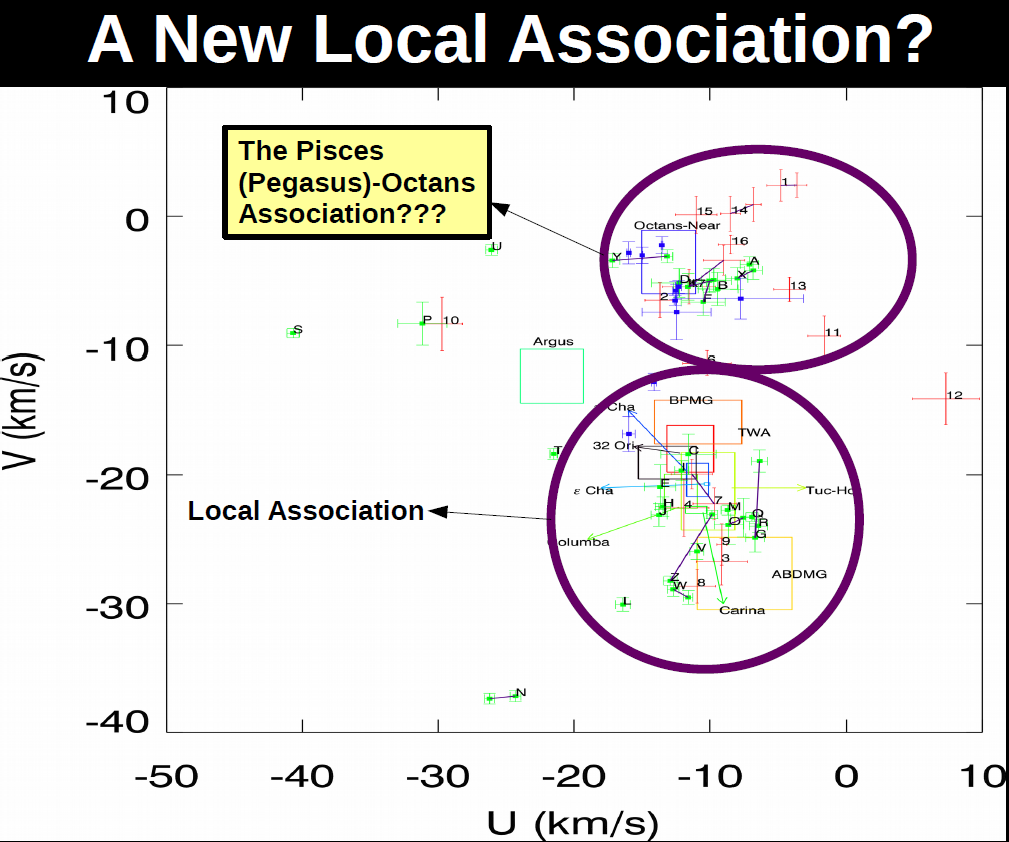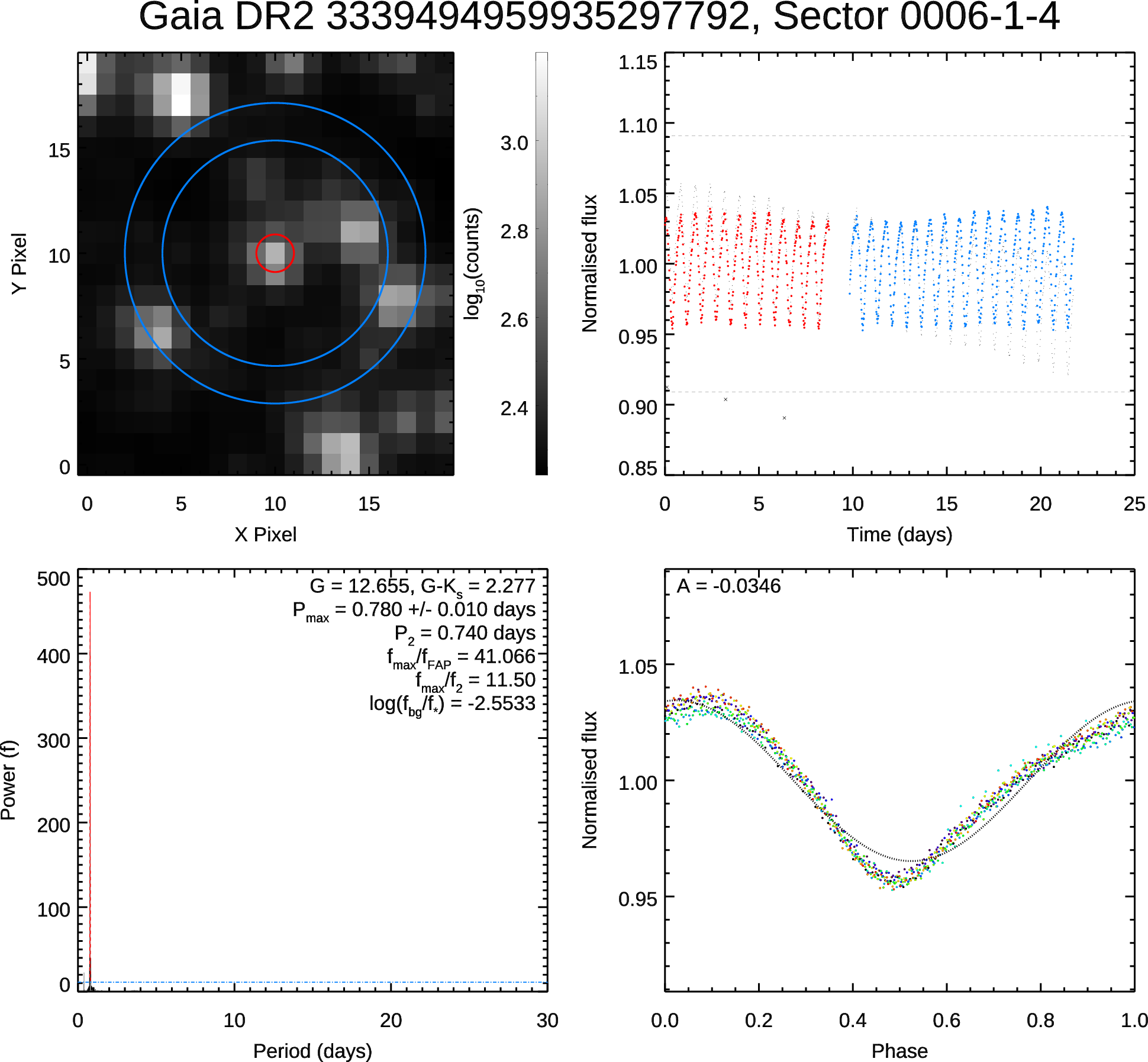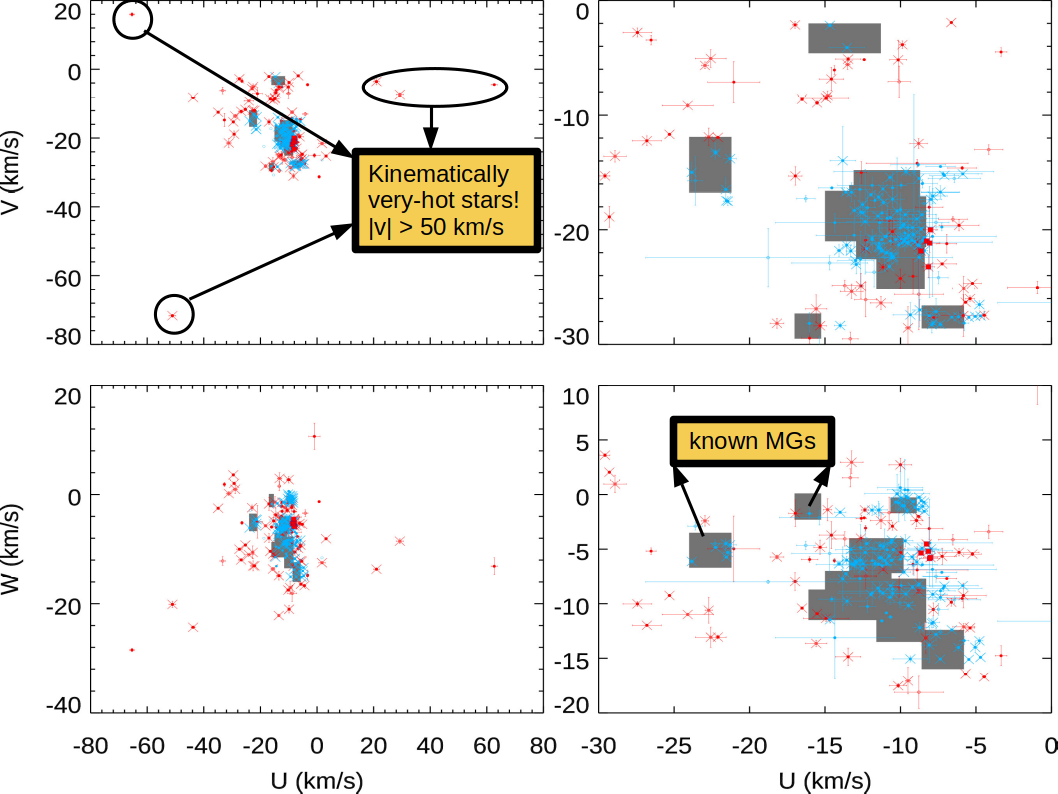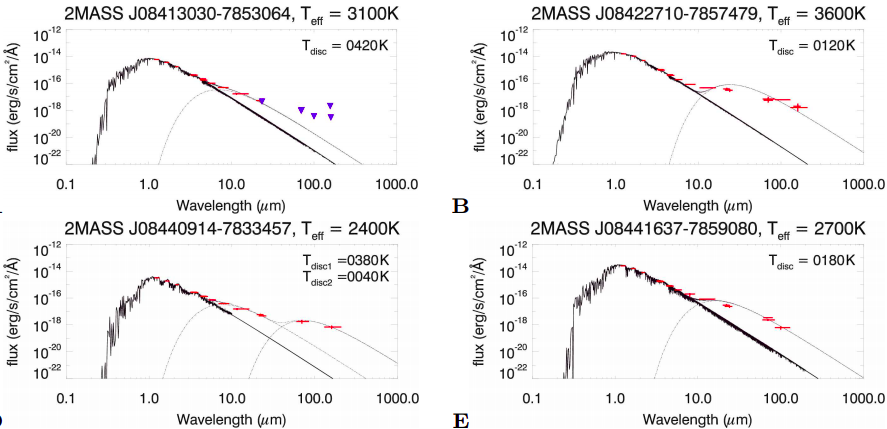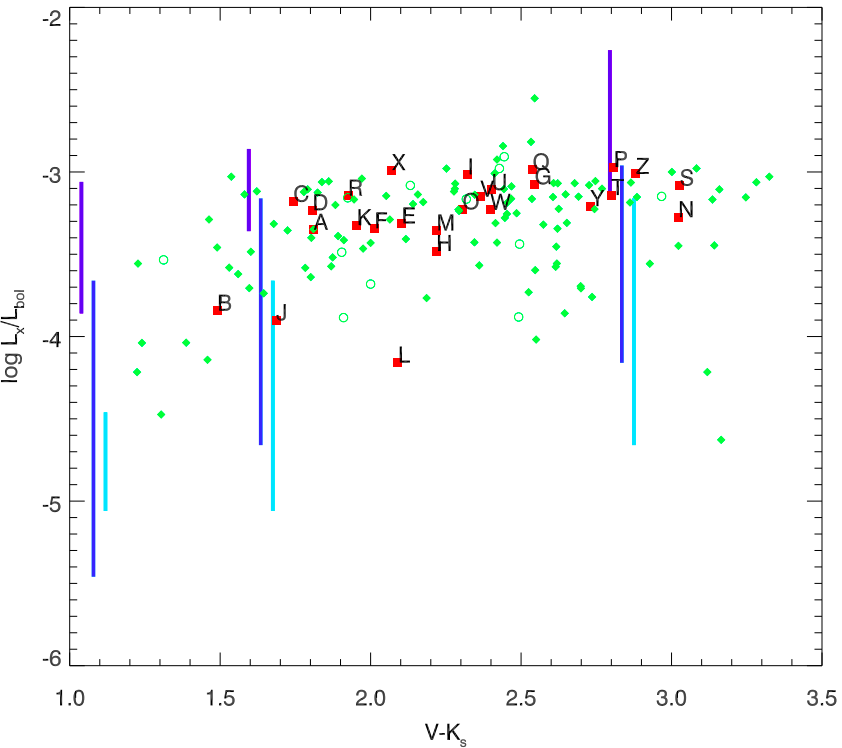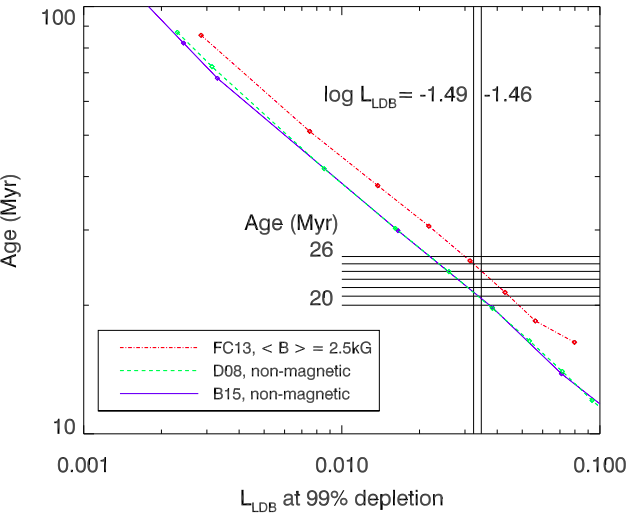In a series of publications in the 1960s, Olin Eggen hypothesised the existence of a "Local Association" of co-moving, young early-type stars in the solar vicinity, consisting of objects in the Pleiades, α Persei and IC 2602 open clusters. In the 1990s follow-up spectroscopic observations of many X-ray active solar-type and low-mass stars were able to identify hundreds of counterparts to the Local Association, leading to the discovery to dozens of kinematically-coherent, but spatially-dispersed, approximately coeval moving groups throughout the 2000s.
Many subsequent searches for nearby, young stars have attempted to expand the number of objects belonging to the various groups that constitute the Local Association by identifying stars that are potentially co-moving, and confirming their youth and kinematics with follow-up spectroscopy. Whilst thousands of new, young nearby stars have been identified through this techique, there is a significant drawback in the sense that the search mechanisms are "kinematically biased" and cannot uncover new kinematic grouping outside the velocity domain encapsulated by the Local Association.
In order to search for entirely new kinematic groupings of young stars I developed a novel technique to identify young stars across the entire sky by selecting X-ray active stars from the ROSAT all-sky survey that also have short rotation periods as measured in the SuperWASP all-sky survey. I was then able to win telescope time to spectroscopically observe hundreds of these potentially young stars, and used the presence of lithium to confirm the youth status (< 100 Myr) for several dozens of young stars, which revealed a curious kinematic sub-grouping of 7 stars in a unique part of the Galactic velocity space diagram, approximately near to the Octans moving group, but 10s of km/s from the "classic" Local Association.
This prompted me to investigate this region of velocity space further and we acquired more spectroscopic observing time focused on identifying stars from the all-sky survey that are most likely to be co-moving with this potentially new kinematic ensemble. Our findings doubled the number of young stars in this kinematic subgrouping, which I labelled as the Pisces moving group (since the majority of these stars are in the direction of the Pisces constellation).
It is possible that these young kinematically-coherent stars in a unique section of the velocity space diagram may be the tip-of-the-iceberg of a much larger kinematic entity, akin to a new Local Association consisting of objects in Octans and Pisces and other yet to be identified groups. I am currently working alongside Simon Murphy (Australian National University) to spectroscopically observe more objects from this list on the ANU 2.3m telescope. Our catalogue of almost 500 stars represents a large dedicated campaign to search for young stars near the Sun and work is ongoing to investigate the nature of this potential new Local Association.
